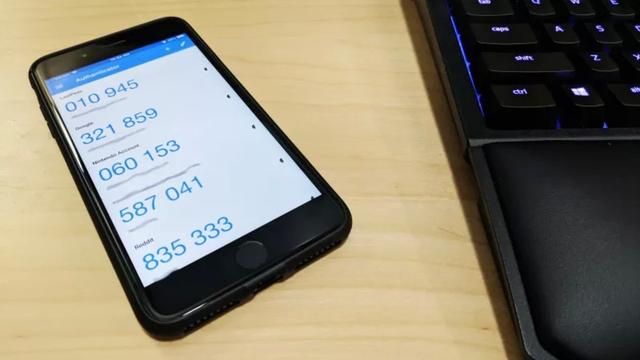Explaining Sonos' patent that forced Google to change the specifications of smart speakers (1)
There was news that "Google, Sonos patent infringement and US ITC ruling--to deal with smart device behavior changes". "Google will change the way smart speakers are set up and controlled in response to a ban from the United States International Trade Commission (ITC) issued on January 6, US time." Here is the ITC notice on this matter.
The claimant is a company called Sonos. Founded in 2002, the company is a technology company that has continued to develop smart speakers. It is not a so-called patent troll. It seems that it has obtained patents for about 500 in-house developed technologies (there are 126 patent registrations in Japan as well).
Sonos and Google's patent infringement lawsuit is pending in the Federal District Court for the Central District of California, but this petition to the ITC came in parallel. The ITC is not a court but an administrative agency that controls imports and exports, but it has the authority to prohibit the import of goods that infringe patent rights, so it is submitted to the ITC in parallel with patent infringement proceedings as part of the US patent litigation strategy. Proceedings are often filed (also used by Apple vs Samsung). You cannot claim damages from the ITC, but it has the advantage of getting an injunction decision faster than a trial. However, of course, it cannot be used for products that have been completely manufactured in the United States. By the way, it is possible to do the same in Japan by filing a petition with customs.
Sonos is a NASDAQ-listed company with sales of about $ 1.7 billion, but it goes without saying that Google (Alphabet Inc.)'s sales are more than 30 times that. The fact that such a small company can compete "for the time being" with the world's largest company and patents makes us feel the great value of intellectual property in the United States.

By the way, the specific changes in the operation method are written on Google's official blog, but the biggest change is that it is no longer possible to change the volume of the speaker group at once, and the volume button on the smartphone The point is that the volume of the speaker group cannot be changed.
In the blog post, you can see the user's comment that "it is inconvenient and troublesome". In the United States, do you often use speakers in each room of your house to play the same music? I don't know if this kind of usage is common in Japan, but there may be cases where it is used for BGM in stores or offices, and there are cases where two units are used for stereo. I don't think Google can tolerate this situation either, so I suspect that a settlement with a license agreement will be reached sooner or later, but I can't say anything.
There are five related patent numbers: 9,195,258, 10,209,953, 9,219,959, 8,588,949 and 10,439,896. Both are patents related to the technology for using multiple smart speakers at once.
In this article, let's take a look at the 8,588,949 content directly related to the speaker group's bulk volume control feature above (the remaining 5 will be addressed next time). Some of the patents this time have the same rights in Japan, but only the United States has the rights to this patent.


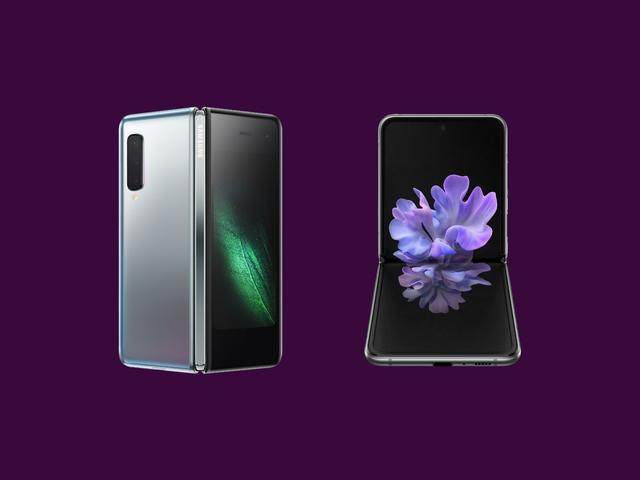
![10th generation Core i5 equipped 9.5h drive mobile notebook is on sale at 50,000 yen level [Cool by Evo Book] 10th generation Core i5 equipped 9.5h drive mobile notebook is on sale at 50,000 yen level [Cool by Evo Book]](https://website-google-hk.oss-cn-hongkong.aliyuncs.com/drawing/article_results_9/2022/3/9/4a18d0792cae58836b71b9f591325261_0.jpeg)

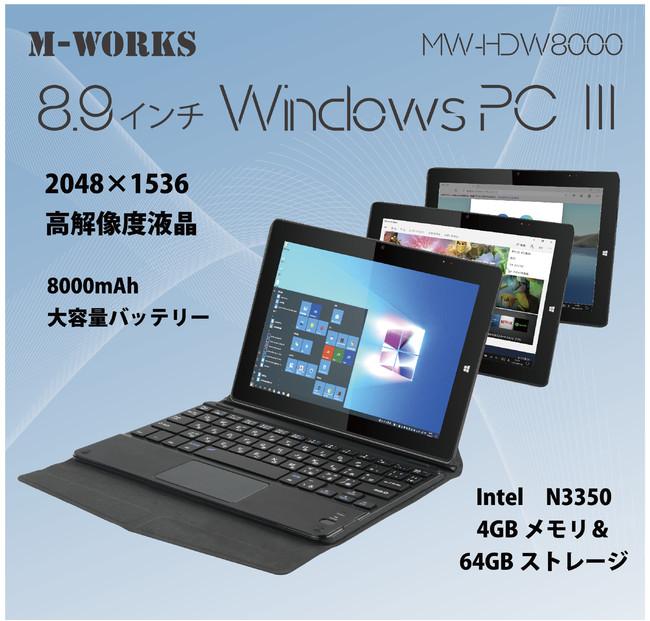
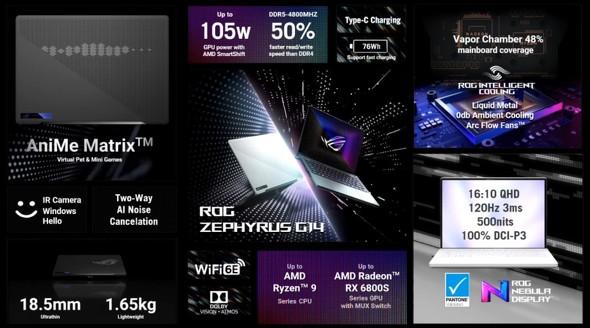
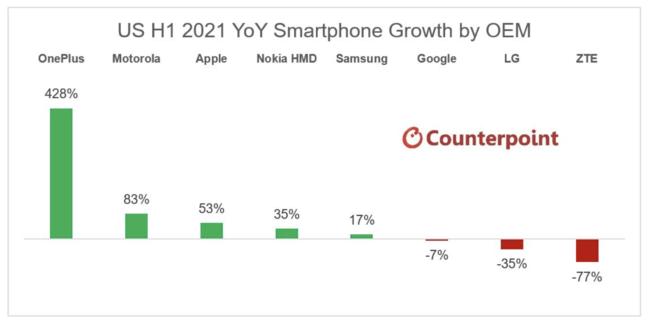
![[Amazon time sale in progress! ] 64GB microSD card of 1,266 yen and wireless earphone with noise canceling function of 52% off, etc. [Amazon time sale in progress! ] 64GB microSD card of 1,266 yen and wireless earphone with noise canceling function of 52% off, etc.](https://website-google-hk.oss-cn-hongkong.aliyuncs.com/drawing/article_results_9/2022/3/9/c88341f90bab7fe3ce1dc78d8bd6b02d_0.jpeg)
